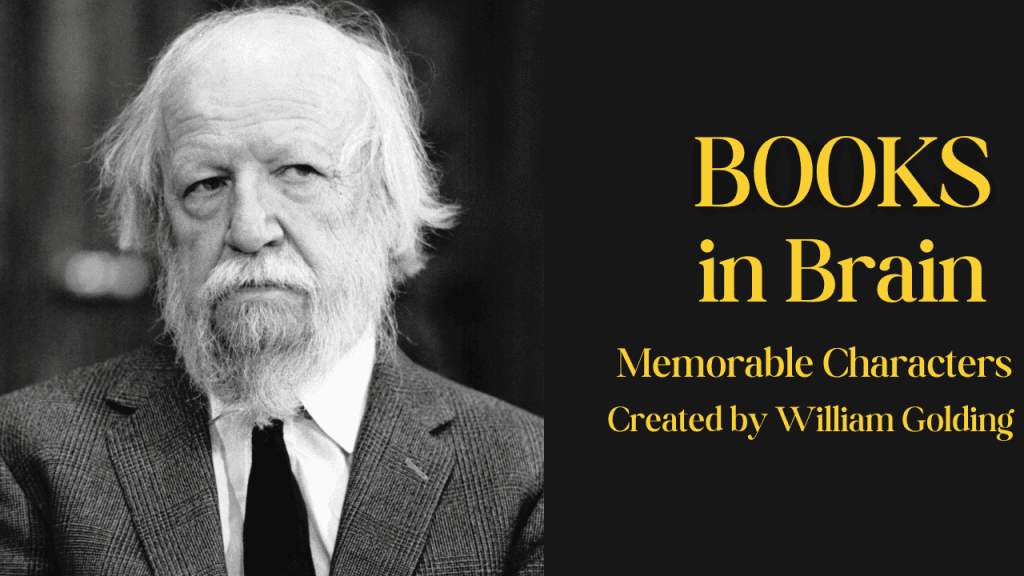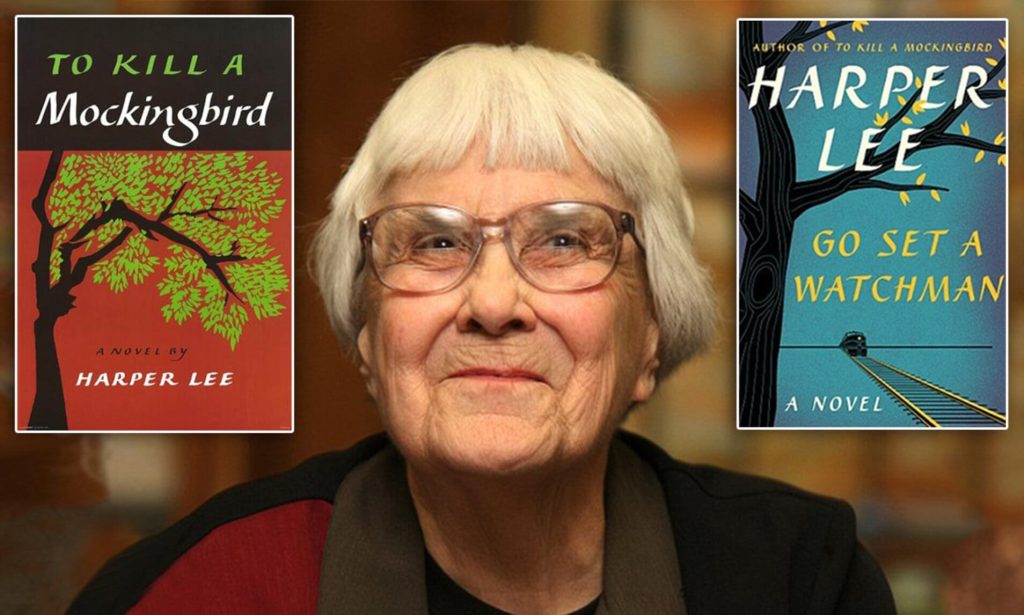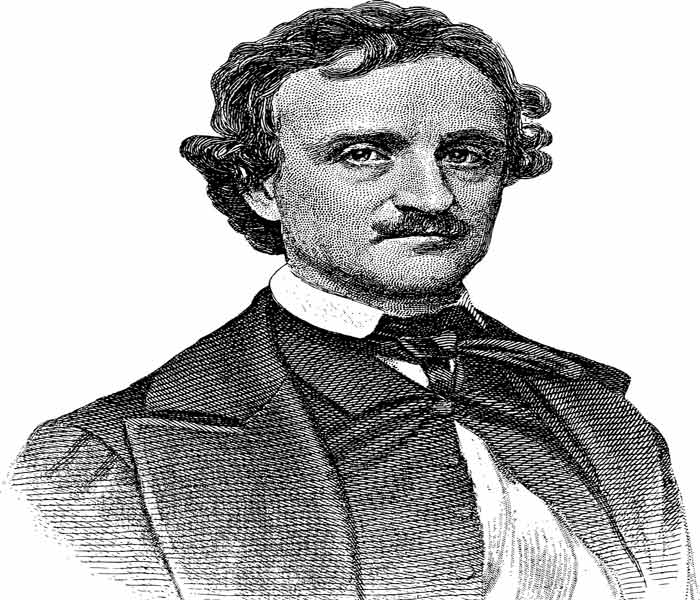William Golding, the Nobel Prize-winning British novelist, is best known for Lord of the Flies, a powerful exploration of human nature. His influence on literature is profound, challenging readers to confront unsettling truths about humanity.

When it comes to unforgettable characters, Golding stands out as a master of exploring deep, often dark complexity. They reflect the primal side of human nature, pushing readers to question morality, civilization, and the hidden depths of society.
Top 10 Memorable Characters Created by William Golding
Here’s a look at some of the most memorable characters created by this Nobel-winning author.
1. Ralph (Lord of the Flies)
Ralph is one of the central characters in Lord of the Flies, published in 1954. At the start, he is chosen as the leader of the boys on the island, and he tries hard to keep order. Ralph stands for civilization and structure. He encourages the boys to build shelters, keep a signal fire burning, and focus on rescue.
However, as time goes on, Ralph finds it harder and faces increasing challenges to control the group. Many boys start to follow Jack, who promises them more freedom and excitement. Ralph’s journey reveals how fragile civilization can be when people are left to their instincts.
2. Jack Merridew (Lord of the Flies)
Jack is Ralph’s main rival and one of the strongest personalities in Lord of the Flies. While Ralph tries to focus on order, Jack wants to hunt and have power. As he takes over as the leader of the hunters, Jack quickly shifts from a fun-loving boy to violence and savagery. He enjoys the thrill of hunting and rejects the rules that Ralph sets.
Jack’s character represents the darker, more primitive side of human nature. His rise to power on the island shows how quickly society can break down when people give in to their desires.
3. Piggy (Lord of the Flies)
Piggy is the intellectual and logical voice among the boys in Lord of the Flies. He offers ideas that could help the boys survive. Despite his smarts, Piggy is physically weak and is often picked on by others, especially by Jack.
Piggy represents reason, science, and civilization. He uses his glasses to start fires and offers sensible advice, but he is usually ignored or bullied. His death is one of the saddest moments in the book. It symbolizes the loss of rational thought and compassion on the island. Through Piggy, Golding conveys how easily society can reject wisdom in favor of strength and power.
4. Simon (Lord of the Flies)
Simon is one of the few truly kind and sensitive characters in Lord of the Flies. He cares about the other boys and is not interested in power. Simon represents innocence and moral goodness.
Unlike the other boys, he has a special understanding of the “beast” they all fear is not an external monster, but a part of themselves. Simon tries to tell the others the truth, but they tragically kill him in a wild frenzy, mistaking him for the beast he warned them about. Simon’s tragic death highlights how easily innocence can be lost in the chaos of fear and violence.
5. Roger (Lord of the Flies)
Roger is a chilling character who represents the darkest aspects of human nature in Lord of the Flies. He starts out as a quiet boy but soon shows a deep enjoyment in hurting others. Roger becomes Jack’s main enforcer and is responsible for some of the most violent acts on the island. He takes pleasure in tormenting the other boys, especially when he throws rocks at them or destroys their creations.
Roger’s final act of pushing the rock that kills Piggy shows his complete lack of empathy and his descent into cruelty. Roger represents the part of human nature that finds joy in causing harm when there are no consequences.
6. Sam and Eric (Samneric) (Lord of the Flies)
The twin brothers Sam and Eric, often called “Samneric” are among Ralph’s most loyal followers in Lord of the Flies. They are inseparable, friendly, and represent unity and companionship.
In the beginning, they help Ralph with tasks like maintaining the signal fire burning. However, as the situation on the island grows more dangerous, they are eventually pressured into joining Jack’s group. In the end, they betray Ralph out of fear and self-preservation. Sam and Eric represent the struggle to stay good under intense pressure and fear, showing how difficult it is to resist the pull of the majority.
7. The Chief (Pincher Martin) (Pincher Martin)
Pincher Martin, also called “The Chief,” is the central character in Pincher Martin, published in 1956. He is a sailor who finds himself stranded on a rocky island, fighting for survival against extreme isolation and harsh conditions. Throughout the story, he struggles desperately to stay alive.
However, as time passes, it becomes clear that his struggle is not just physical but also deeply psychological, as he confronts his guilt and fear of death. The Chief’s experience reflects Golding’s view of human nature, particularly the instinct to survive even when it seems pointless. His character explores the limits of human endurance and the fear of facing one’s own end.
8. Sammy Mountjoy (Free Fall)
Sammy Mountjoy is the main character in Free Fall, published in 1959. It’s a novel about self-reflection and regret. Sammy, an artist, looks back on his life, searching for answers about his life choices, and where he went wrong. He feels guilt and questions his past decisions, especially those that hurt others.
Sammy’s journey is one of deep regret and the need to understand himself. Through Sammy, Golding examines how people wrestle with their identity and choices. Sammy’s life serves as a reminder that our choices shape who we become, and facing the truth about ourselves is often a painful but necessary process.
9. The Bishop (The Inheritors) (The Inheritors)
In The Inheritors, published in 1955, the character known as The Bishop is part of a group representing a more advanced and cunning species than the gentle Neanderthals. The Bishop’s interactions with the Neanderthals, particularly with Lok, reveal the stark contrast between compassion and ruthless intelligence.
His actions show the harshness of human evolution, where the desire to survive often leads to cruelty. Through The Bishop, Golding examines the nature of progress and its cost, suggesting that intelligence and power can sometimes lead to the loss of empathy.
10. Lok (The Inheritors)
Lok, one of the last Neanderthals in The Inheritors, is a character of innocence and simplicity. He is childlike and views the world in a pure way, often unable to understand the violent actions of the more advanced humans. Lok’s world is one of curiosity and basic emotions, untouched by complex thoughts.
However, as he encounters the advanced humans, he becomes confused and frightened by their ways. Lok’s experience reflects the tragedy of innocence lost to evolution and the clash between the past and future. Through Lok, Golding explores the sorrow that comes with change and the loss of a simpler way of life.
Final Words
Golding’s novels offer rich, multifaceted characters that invite deeper reflection. So, if you haven’t yet, it’s time to dive into his books and experience these thought-provoking journeys. Pick up a Golding book, and let these memorable characters draw you into their complex worlds.


